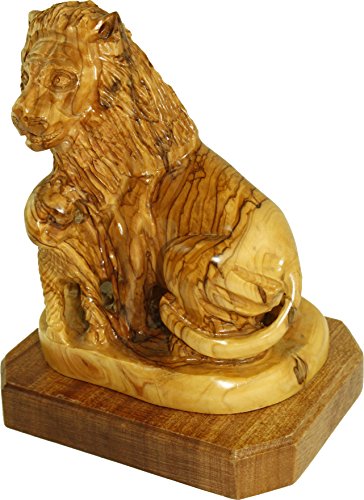This article briefly touches upon a selection of trees chosen for two reasons. (1) To highlight and emphasize the contributions made by trees to sustain our life force. (2) Because these particular woody plants have interesting history associated with them that can be gleaned from the Bible and it makes for interesting reading.
- Acacia: The acacia trees are large thorny trees. Their orange-brown hard-grained wood repelled insects. Research indicates that there are 500 species of the acacia tree. It is valued as a timber tree and used in shipbuilding. In some biblical translations, acacia trees are called shittim. Acacia wood was also used in the building of the first tabernacle (a portable “tent of meeting” where the Jews worshiped during the Exodus). Most students of the Bible know that acacia wood was used to build the Ark of the Covenant.
- Almond: The almond tree is a stunning pinkish-white-flowered tree and it is prized for the high protein nut that it yields. (Some say fruit; some say nut.) Not only are the nuts delicious to eat, but the oil extracted from the nut can be used medicinally or as a lubricant, in cosmetics, pharmaceuticals and as food flavoring. Because the almond contains very little starch, it is recommended as a flour substitute for diabetics. Aaron was the brother of Moses, who helped his brother lead the children of Israel at the time of the Exodus from Egypt and he served as high priest to the Jews. Among the contents of the Ark of the Covenant was Aaron’s rod. According to the Old Testament scriptures, though this rod had miraculous power, it was nothing more than an almond branch or twig.
- Balsam: From the balsam tree, one can produce balm, an aromatic resinous gum used for medical purposes. Balm of Gilead, balsam of Gilead, and balsam tree are common names. It has even been called balsam of Mecca. In Genesis, the story is told of Joseph who was sold into slavery by his jealous and envious brothers to a passing caravan of Ishmaelites. The Ishmaelites were traders on their way to Egypt to trade slaves, spices, myrrh and balm from Gilead. The Queen of Sheba brought balm as a gift for King Solomon.
Interesting? Well hopefully, the facts also make it plainly evident that trees are not just the stuff of bible stories and legends. They have a crucial role in making the earth a livable planet.
Benefits ( http://www.treesaregood.com/treecare/tree_benefits.aspx ) include: medicinal applications, delicious edible fruits, gorgeous flowers that give off a variety of pleasant fragrances, foliage that shade from a scorching sun, etc. The urgency of preserving, maintaining and cultivating trees should not be understated and can not be oversimplified.
There are environmental activists called “tree sitters” who will risk being arrested and feel compelled to literally protest by sitting in a tree, to protect it from being cut down. This passionate stand (or rather, sitting) can be considered an act of civil disobedience which sometimes results in forcible removal of the protestor from the tree. Citizens of earth should imitate the zeal of these activists, or at least support them.
By the sixth century A.D., beautiful groves of the famed cedars of Lebanon had been destroyed and these days only a precious few remain. Reforestation campaigns are underway. There are some who advocate that reforestation can reverse effects of global warming and world hunger in one step. Although global warming is a topic that seems to be on everybody’s radar, not many understand its real impact on the environment. But almost everyone knows or can hazard an educated guess as to the impact careless destruction of trees would have on our lives.
Significant strides are being made for our forests to be preserved for future generations. There are numerous efforts worldwide to save trees and protect forests, along with individuals planting trees and reducing paper consumption. Everything makes a difference.











